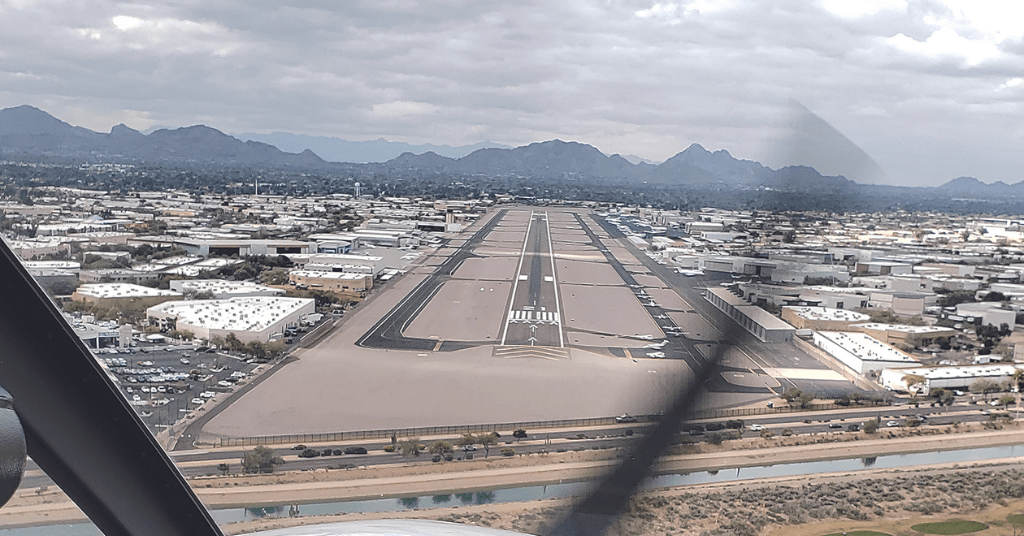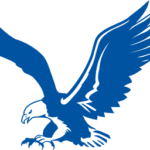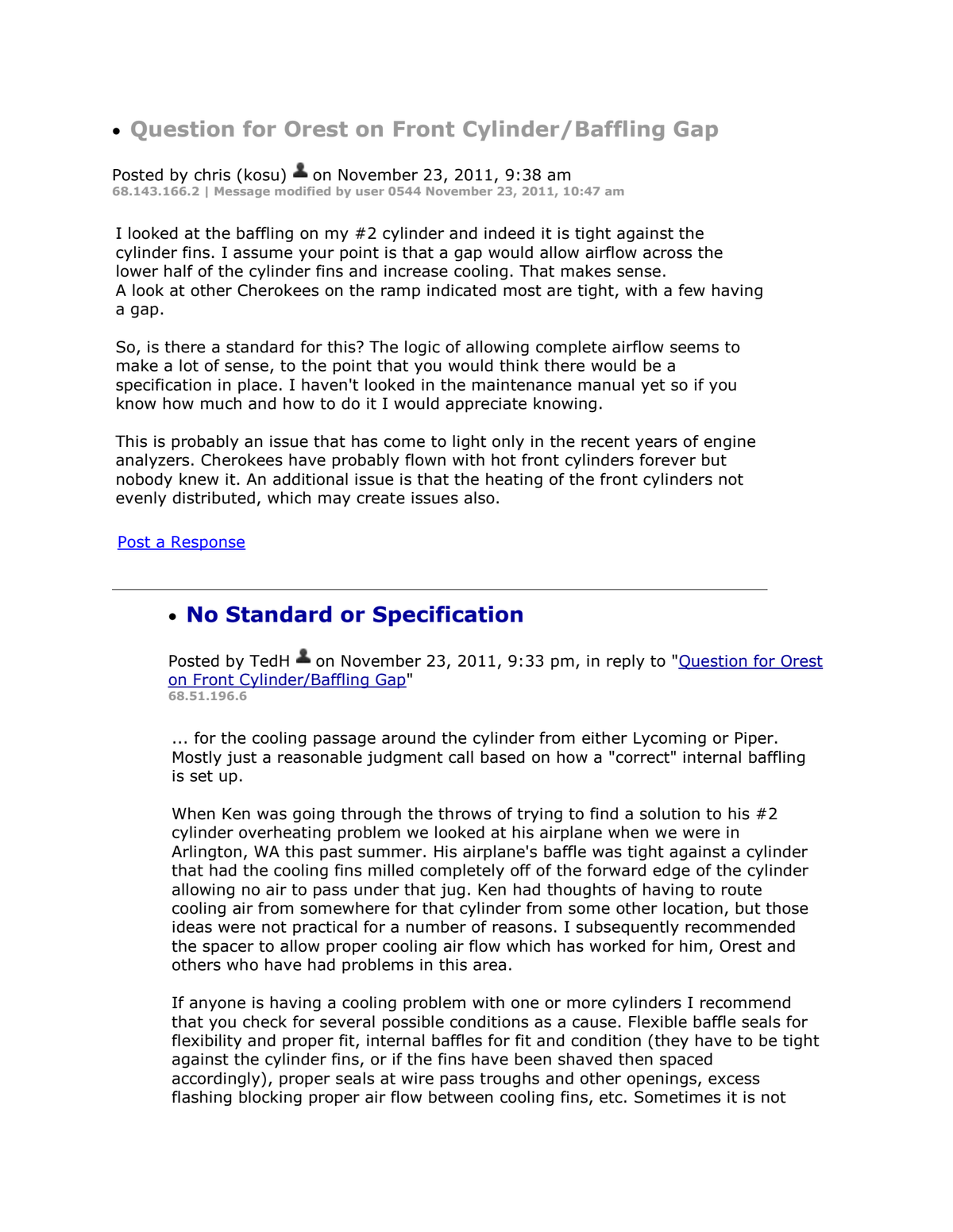You are using an out of date browser. It may not display this or other websites correctly.
You should upgrade or use an alternative browser.
You should upgrade or use an alternative browser.
Piper Arrow 180 Climb CHT
- Thread starter Tan
- Start date
Ed Haywood
En-Route
Seems a bit high for a front cylinder. Do you climb at full rich or do you lean?
Tan
Pre-Flight
- Joined
- Jun 26, 2018
- Messages
- 97
- Display Name
Display name:
TheCapTan
Seems a bit high for a front cylinder. Do you climb at full rich or do you lean?
I climb full rich. My number 2 is always the hottest cylinder.
Stewartb
Final Approach
There’s nothing wrong with temps to 425° or a little higher in climb. Lycoming recommends 400° or less for 65% power in cruise to maximize engine longevity.
Last edited:
Ed Haywood
En-Route
In my Decathlon, the rear cylinders (3 and 4) are about 30 deg hotter than the front cylinders. Same engine and similar cowling/baffle setup to an Arrow. Front cylinders get more and cooler airflow, so should run cooler. I would investigate further to understand why. Start by decowling and looking closely at the baffles.
FWIW I get 390-400 on the rear cylinders in climb, and 360-370 on the fronts. But a Decathlon has much lower power loading so the engine is not working as hard to climb.
FWIW I get 390-400 on the rear cylinders in climb, and 360-370 on the fronts. But a Decathlon has much lower power loading so the engine is not working as hard to climb.
Stewartb
Final Approach
Power loading is a flight thing. Engine loading is controlled by the pilot. At 2700rpm the engine is making max power regardless of aircraft weight.
Read the Lycoming operating manuals and bulletins. The OP’s temps are normal. If this temp is a new development? My response would be to run some isopropyl fuel dryer and see if it changes the temps. Or drain the carb bowl and capture the fuel to look for even a tiny bit of water. A few drops of water in the carb bowl will interfere with fuel flow. The first thing you’ll notice is a slight change in engine temps.
Read the Lycoming operating manuals and bulletins. The OP’s temps are normal. If this temp is a new development? My response would be to run some isopropyl fuel dryer and see if it changes the temps. Or drain the carb bowl and capture the fuel to look for even a tiny bit of water. A few drops of water in the carb bowl will interfere with fuel flow. The first thing you’ll notice is a slight change in engine temps.
Tan
Pre-Flight
- Joined
- Jun 26, 2018
- Messages
- 97
- Display Name
Display name:
TheCapTan
Ive heard of a few other Arrow owners with #2 being the hottest.Cherokee derivatives usually have #3 as the hot cylinder on climb. What are the rest of them doing?
Ed Haywood
En-Route
Hard to see how that could be, since all the air flowing over #4 goes over #2 first.Ive heard of a few other Arrow owners with #2 being the hottest.
Stewartb
Final Approach
It’s a pressure cowl. The air flow from top to bottom is what does the work.
I would make sure the temperatures shown on your engine monitor correspond to the correct cylinders before just accepting that. The first step to fixing a problem is determining that you have one, and making sure you’re working with quality data is part of that process.Ive heard of a few other Arrow owners with #2 being the hottest.
As was mentioned, the #3 cylinder is often the hottest on a 4 cylinder Lycoming. I’m not suggesting that your information is wrong, but information that doesn’t align with that is common enough I would be even more motivated to check the setup than normal.
Domenick
Pattern Altitude
- Joined
- Sep 11, 2019
- Messages
- 1,828
- Display Name
Display name:
Domenick
Personally, in my Warrior, I avoid cylinder temps above 400F. It's not difficult.
At 380F I shallow the climb or level off until cylinder temps drop, then resume climb.
In the past few years, Lycoming has revised its engine operating CHT recommendations to a 400F limit.
 www.lycoming.com
www.lycoming.com

 americanflyers.com
americanflyers.com
At 380F I shallow the climb or level off until cylinder temps drop, then resume climb.
In the past few years, Lycoming has revised its engine operating CHT recommendations to a 400F limit.
Leaning Lycoming Engines
Revision “D” to Service Instruction No. 1094 supersedes all previous recommendations and should be used for engine leaning during normal flight operations. All leaning recommendations are based on calibrated instrumentation. Lycoming strongly recommends that all engine instrumentation be...

Cylinder Head Temperature (CHT) vs Exhaust Gas Temperature (EGT) | American Flyers
Discover the secrets behind cylinder head temperature (CHT) and exhaust gas temperature (EGT) gauges, and how they help pilots manage engine efficiency.
 americanflyers.com
americanflyers.com
Ed Haywood
En-Route
I would make sure the temperatures shown on your engine monitor correspond to the correct cylinders before just accepting that. The first step to fixing a problem is determining that you have one, and making sure you’re working with quality data is part of that process.
Yup, make sure the EM installer did not use Continental numbering, which is backwards from Lycoming. On Lycoming the #2 cylinder is in the front. On a Conti it is in the rear. Rear cylinders are normally
Last edited:
brcase
En-Route
Do you have EGT's for each cylinder, how does #2 compare the to rest?
kshaw
Pre-takeoff checklist
I have the same issue in my Warrior with number 2 hitting 450 degrees. I level off until temp drops and then resume climb. Some pilots have reported some temp drop with new baffling from a company in Alaska. Other owners have put a spacer on shielding to number 2 cylinder (legality of this is unknown) and shaved a few more degrees.I climb full rich. My number 2 is always the hottest cylinder.
Tan
Pre-Flight
- Joined
- Jun 26, 2018
- Messages
- 97
- Display Name
Display name:
TheCapTan
Is this only when it’s hot outside. How about during cooler weather?I have the same issue in my Warrior with number 2 hitting 450 degrees. I level off until temp drops and then resume climb. Some pilots have reported some temp drop with new baffling from a company in Alaska. Other owners have put a spacer on shielding to number 2 cylinder (legality of this is unknown) and shaved a few more degrees.
Morgan3820
En-Route
I never go above 350 in my arrow
Domenick
Pattern Altitude
- Joined
- Sep 11, 2019
- Messages
- 1,828
- Display Name
Display name:
Domenick
Do it.I have the same issue in my Warrior with number 2 hitting 450 degrees. I level off until temp drops and then resume climb. Some pilots have reported some temp drop with new baffling from a company in Alaska. Other owners have put a spacer on shielding to number 2 cylinder (legality of this is unknown) and shaved a few more degrees.
Ed Haywood
En-Route
That would fall under definition of minor alteration, IMO, and thus be legal with logbook entry by A&P. Though I suspect it would also fall in the category of a tree falling in the forest.Other owners have put a spacer on shielding to number 2 cylinder (legality of this is unknown)
Domenick
Pattern Altitude
- Joined
- Sep 11, 2019
- Messages
- 1,828
- Display Name
Display name:
Domenick
Here's a description of the mod. Photos are near the bottom.

kshaw
Pre-takeoff checklist
Generally in full climb on hot days. After climb, temperatures drop to normal.Is this only when it’s hot outside. How about during cooler weather?
